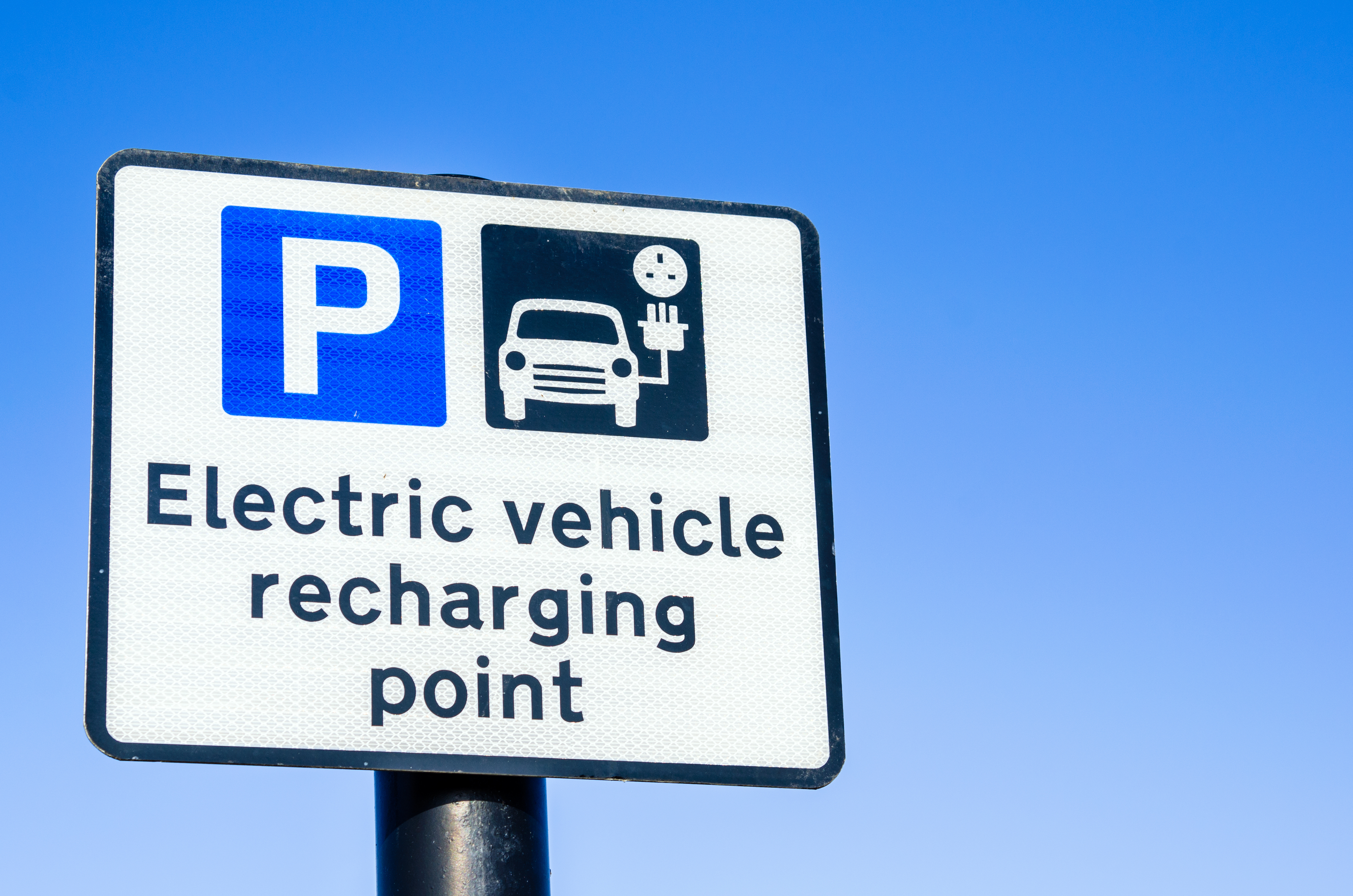Several councils, such as the Go Ultra Low Cities, have led the way in developing comprehensive Electric Vehicle strategies. Not all councils will require such a detailed strategy, but it is still important to consider who needs, and will use, public charging infrastructure for it to have maximum value.
Where resources are limited, a council may wish to focus their efforts on providing public chargepoints where they are likely to be most needed, such as the following circumstances:
- where drivers do not have access to off-street parking to charge at home
- for drivers who need to recharge during the day without returning to a depot or home (eg businesses or taxi/private hire drivers)
- at destinations, such as park and rides or train stations, where people might wish to recharge after longer journeys
- where drivers are in transit to another destination, but need to stop to recharge their vehicle to continue their journey.
Other drivers may ‘top-up’ at public chargepoints eg whilst shopping for hours at a town centre but this will typically not be their everyday practice as it is likely to be more expensive than charging at home.
Once a council has decided which users or priority locations to target, decisions can be made about the relative numbers of slow, fast and rapid chargepoints that are required. In general, where vehicles are likely to be left for long periods or overnight, slow or fast chargepoints are likely to be enough.
EVs still contribute to congestion and many councils and businesses have targets to reduce personal vehicle use. However, many journeys and deliveries will still require vehicles, and EVs offer a ‘clean’ way to meet this need. EVs and charging infrastructure provision should be considered as part of a sustainable, holistic mobility strategy that also encourages walking, cycling, car-sharing and public transport use.
Local government will also need to reflect upon the different challenges that will be faced in rural areas, for example; greater concerns about range anxiety where chargepoints are further apart.

